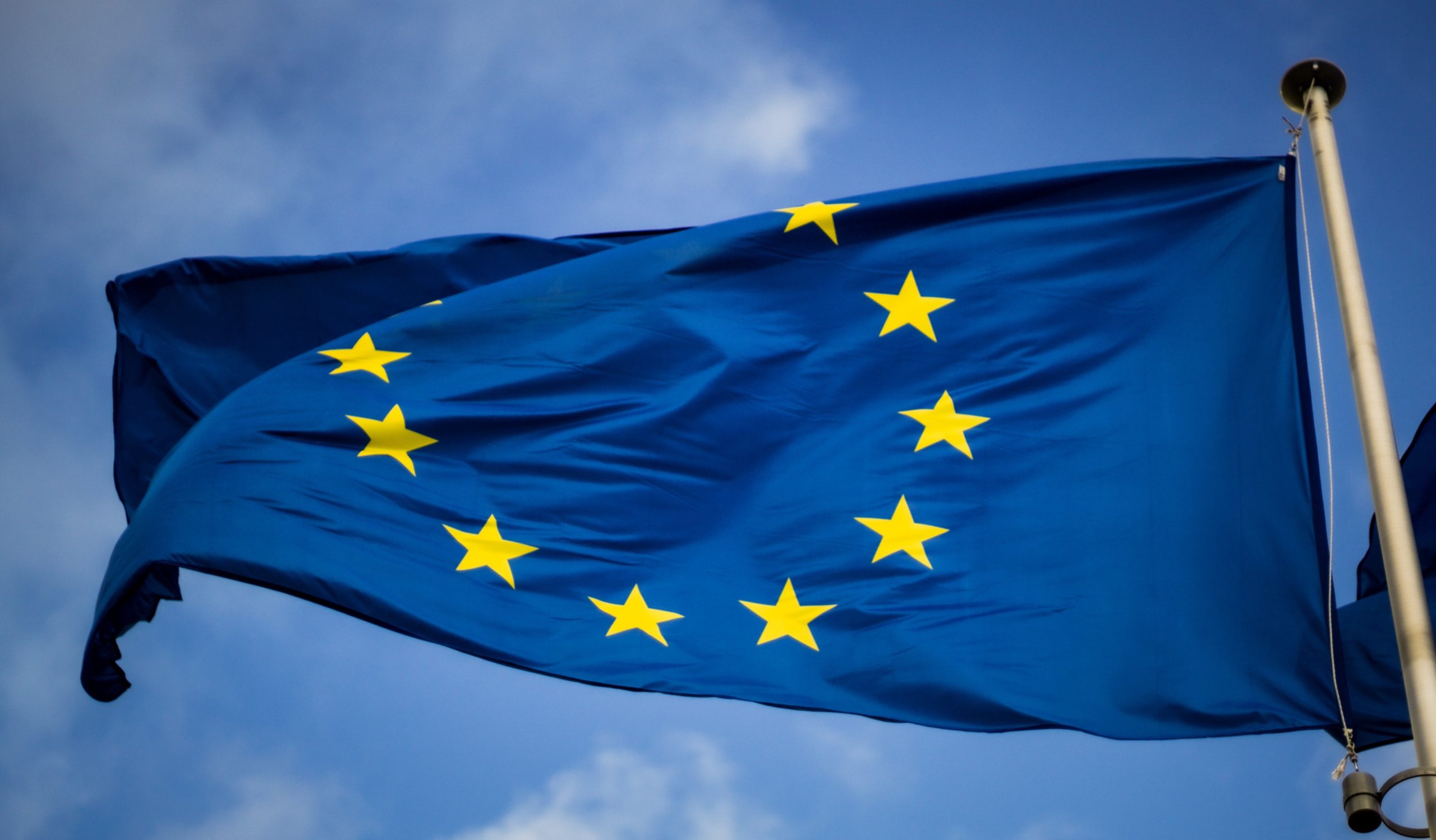5 crucial learnings from Eurostat e-commerce statistics
Written by
Kinga EdwardsPublished on

It is widely known that e-commerce has become increasingly popular in recent years. More and more people see the advantages of this kind of shopping – the speed, convenience, and the possibility of ordering things from the farthest corners of the world. It is a tendency visible globally, but it is worth taking a look at the given by Eurostat data about the European Union. How does Europe respond to the popularity of digital? Do consumers go with trends and choose more frequent online shopping? How about sellers?
Eurostat has gained some valuable data from previous years, that shows trends and tendencies in European e-commerce market. The report is based on data from European Union and an “ICT usage and e-commerce in enterprises survey”.
Here are a couple of statistics from Eurostat in the e-commerce related topics. If you want to dig into this topic, you can reach this site.
#1 E-commerce depends on business’ size
E-commerce is a global trend, but not each seller is all about it. As you may see above, only 19% of small business was online and their turnover from e-sales reached only 8%. After all, the smaller the effort the smaller the result. When it comes to large enterprises, more than 40% was providing an online store and their turnover was at a level of 27%. In the case of general numbers – in 2019, 21% of retail sellers were online and their turnover from this channel was 20%.
#2 Web sales only was a leader type of sales in EU countries
The chart below shows that only 15% of enterprises in the European Union worked in the e-commerce area. It’s relatively low score. Only 3% used the EDI-type sales.
Quick disclaimer what the EDI is. It stands for Electronic Data Interchange, a method of communication between business entities based on electronic channels. It’s about electronic transmission of invoices, orders’ documentation etc. The main goal of EDI is the limitation of paper work and improving the flow of the document without having to arrange meetings.
You can also see that basically all the EU countries prefer web sales. In countries like Bulgaria or Luxembourg almost 100% of e-sales comes from the web sales. When it comes to EDI, Ireland is the leader here – EDI-type sales covered 11% of its market and in Denmark it was 8%.
#3 EDI-type sales turnover has a greater share than web sales’
As you read above, in 2019 this web sales dominated the e-commerce market. Most entrepreneurs have chosen this type of online sales, but in the case of turnover share ESI-type sales dominated. Companies in the European Union generated 20% of online sales income from this type of sales. In Czech and Ireland this share reaches 22% and 24% respectively.
The lowest score, only 1% of share in turnover was in Greece. But to get a full picture, web-sales share in total turnover in Greece reached little more – 3%. This shows that in 2019 Greek e-commerce wasn’t at its best.
#4 Not each sector loved EDI-type sales
The highest score in general turnover from e-sales came from “Accommodation” and “Manufacturing”. They reached 37% and 26% repetitively. Then came “Transport” and “Wholesale and retail trade” with 20% both.
When it comes to the highest turnover from web sales “Accommodation’ is the leader here, too. “Manufacturing” reached 22% from EDI-type sales. “Transport” and “Wholesale and retail trade” hit little less from web sales than from EDI-type sales – 9% compared to 11%.
#5 Customers have chosen stores’ webs over marketplaces
In the European Union 7% of total turnover came from web sales, whereas 6% came from their own webs or apps and only 1% was from marketplaces. The leader in this sector was Ireland – 18% of its web sales turnover came from entrepreneurs’ webs or apps. Then comes Belgium with 13%.
What is worth to mention, in the case of turnover generated via marketplaces, Ireland is also a top country but here numbers are much lower. Both with Lithuania these countries reached 2%.
Over to you
The above data cover the years until 2019. Even before the COVID-19 pandemic there were increased interest of consumers in online purchases. The e-commerce sector was doing relatively well and its popularity was slowly growing. As you can see in many aspects discussed in this report, Ireland seems to run. Therefore, if you are trying to decide where you should start selling your goods online, it may be a good direction.
Hope you find these few takeaways useful, feel free to explore all the Eurostat data if you are interested in this topic.

![Marketing in Europe in 2026: What's new and what hasn't changed? [McKinsey Report]](https://ecommercegermany.com/wp-content/uploads/2026/01/windows-w79mIrYKcK4-unsplash-720x480.jpg)
